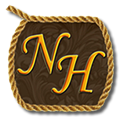My First Tack Sale
Recently, my new barn had a notice on their bulletin board:
Tack Sale
Saturday
7 am – 11 am
I thought this would be a good opportunity to get rid of some of my “horse” stuff that I’ve collected through the years. I went through the stuff in my show trunk, hanging on my saddles and in the garage. The stuff in the garage had become a bigger pile since the recent move to a new barn.
When I arrived at the barn, I realized I had just a meager amount compared to others that had set out their stuff earlier. Without being discouraged at the thought of not being able to sell anything, I set up my table and also my portable gazebo for sun protection. I did manage to sell a few things.
Since I don’t go to garage sales much at all, I learned a few things from this for the next tack sale at the barn or if I want to put one on for myself.
- Get your merchandise organized early.
- Do some research on-line and even in your local newspaper for what used tack is selling for in your area.
- Mark the tag clearly with the price and make sure it is secured to each item.
- You may want to put a small description of the item on the tag.
- Have enough money in various bills and coins for the day. You don’t want to miss a sell because you can’t make change.
- Have sacks or boxes available to bag any merchandise that you sell. Using the plastic or paper bags from the grocery store would be a great way to reuse them.
- Have a few snacks and drinks handy that are appropriate for the time of year to see you through the tack sale hours.
- If you do the tack sale yourself, you might consider spending a few dollars to advertise in your local paper. Ask you local feed store or vet office if you can put up flyers for your tack sale. Make sure to put the date and hours of the day the tack sale will be going.
- If you put out a few signs on the street to show the way to your tack sale, don’t forget to remove all the signs when the tack sale is over.
In all, I had a good time. I got to visit with the boarders at the new barn and I made a bit of money.

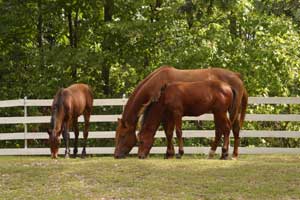
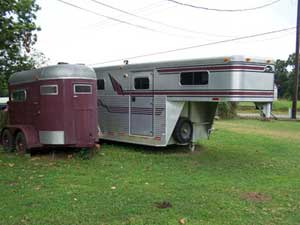

 I found myself in unfamiliar territory. I hadn’t had to really look for a boarding facility since I got my first horse over 30 years ago. The horse boarding facilities where I’d been to this point were either recommended by friends or my friends were currently boarding at them. This time I had no such recommendations. So, I had to set out from scratch to find a new place that best fit my needs and my horses’ needs.
I found myself in unfamiliar territory. I hadn’t had to really look for a boarding facility since I got my first horse over 30 years ago. The horse boarding facilities where I’d been to this point were either recommended by friends or my friends were currently boarding at them. This time I had no such recommendations. So, I had to set out from scratch to find a new place that best fit my needs and my horses’ needs.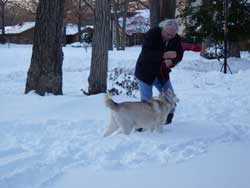
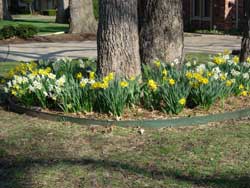
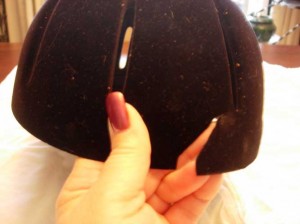
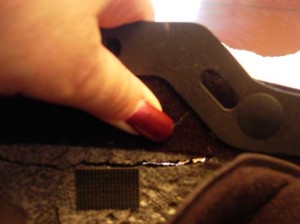
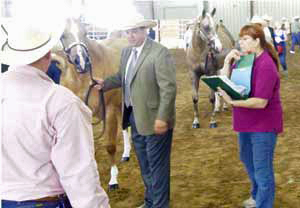 ave been showing for years, but there was also quite a few first time horses and exhibitors. I found, from the class sheets, there was a lack of horses from Oklahoma. This surprised me since this show is held in Tulsa, Okla. In past years, there has almost always been at least 1 horse from Okla in most of the classes.
ave been showing for years, but there was also quite a few first time horses and exhibitors. I found, from the class sheets, there was a lack of horses from Oklahoma. This surprised me since this show is held in Tulsa, Okla. In past years, there has almost always been at least 1 horse from Okla in most of the classes.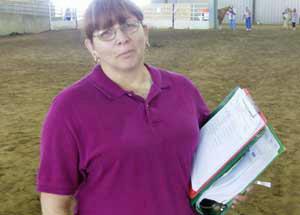 of the main volunteers became sick after the youth show and could not return for the open show. This left 1 scheduled volunteer and the tack judge at the back gate and 1 volunteer to hand out awards. The ground manager helped fill in. This is the smallest amount of volunteers ever for this show. We all stepped up to the challenge and the show did not have to wait on the back gate for any of the classes.
of the main volunteers became sick after the youth show and could not return for the open show. This left 1 scheduled volunteer and the tack judge at the back gate and 1 volunteer to hand out awards. The ground manager helped fill in. This is the smallest amount of volunteers ever for this show. We all stepped up to the challenge and the show did not have to wait on the back gate for any of the classes.